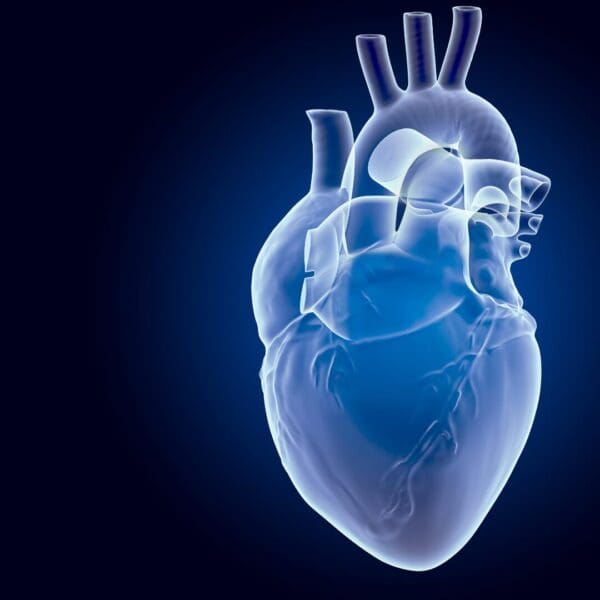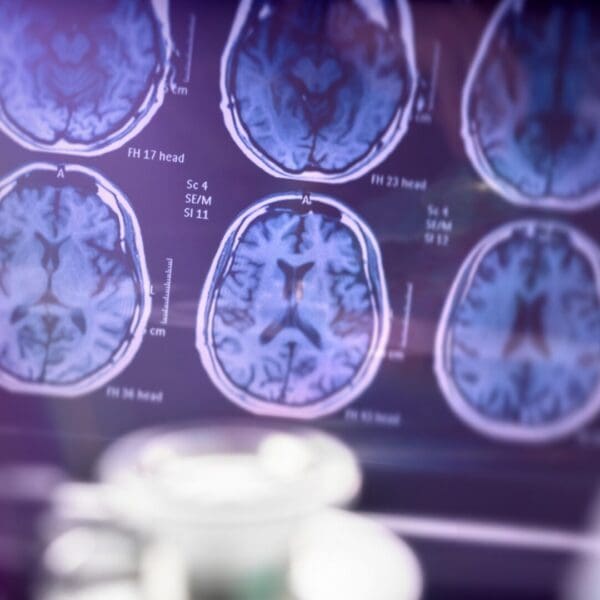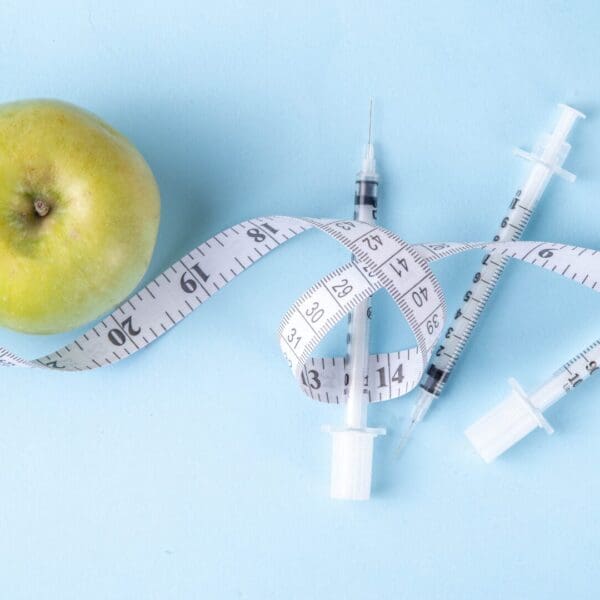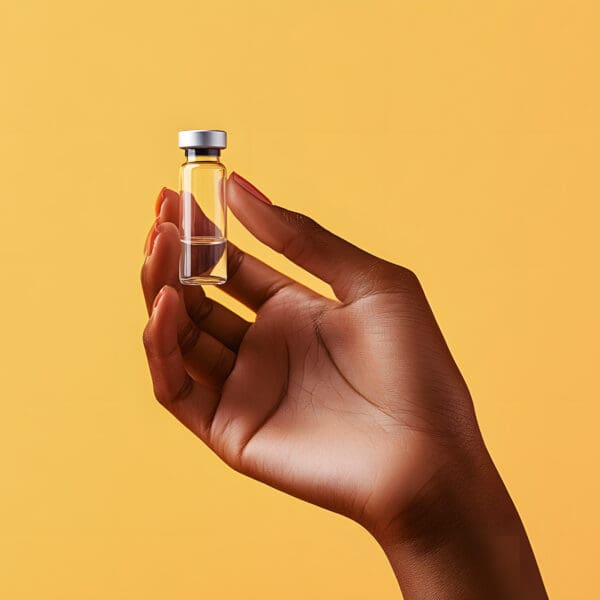A recent article I read on SIRT1 and male reproductive health highlights a powerful but often overlooked connection between NAD+ and testosterone production. The paper explores how SIRT1, a NAD+-dependent protein, plays a critical role in sperm development and hormone regulation.
This research, brought to my attention by my friend Professor She, reshaped how I think about optimizing male hormonal health. It points to a deeper, cellular level. approach, one that starts with NAD+ and its role in activating SIRT1. Here’s a breakdown of what the article found and what it means for men who want to improve testosterone, fertility, and longevity.
What is SIRT1 and Why Is It Important?
SIRT1 is a part of a family of proteins called sirtuins, which help control how cells respond to stress, age, and manage energy. Among them, SIRT1 is one of the most studied, and it requires NAD+ (nicotinamide adenine dinucleotide) to work.
In the testis, SIRT1 is found in various stages of spermatogenesis, the process where sperm is made. This suggests its involvement in germ cell development.
SIRT1 Is Essential for Healthy Sperm
According to the article, studies in mice show that SIRT1 deficiency leads to infertility, characterized by reduced testis size, lower sperm count and mobility, abnormal sperm morphology, and increased germ cell apoptosis.
SIRT1 supports germ cell survival by keeping harmful processes in check. It protects DNA by deacetylating the p53 protein (which controls cell death) and reducing oxidative stress, which can damage sperm due to their delicate, lipid-rich membranes. SIRT1 also supports acrosome biogenesis (helps sperm enter the egg) and the histone-to-protamine transition, a vital step in packing DNA tightly into mature sperm. These processes are all essential for making high-quality, functional sperm.
How SIRT1 Affects Testosterone Production
SIRT1 also helps control testosterone production in two major ways:
- At the brain level, it regulates GnRH (gonadotropin-releasing hormone), which controls the release of sex hormones like testosterone and estrogen.
- At the testis level, it supports Leydig cells, the testosterone-producing cells, by:
- Promoting cholesterol uptake (the starting material for making testosterone)
- Supporting autophagy (a cellular clean-up process that keeps cells healthy)
- Protecting against oxidative stress
The Role of NAD+ in Male Hormone Health
None of the SIRT1’s benefits are possible with NAD+. This coenzyme is required for SIRT1 to function. But NAD+ levels decline with age, stress, poor sleep, and poor diet, which may partly explain why testosterone drops as men get older.
The article suggests:
- Low NAD+ = low SIRT1 activity = reduced testosterone and fertility
- High NAD+ = active SIRT1 = better hormone production and sperm health
In animal studies, boosting NAD+ improves SIRT1 activity and testosterone production. While more human studies are needed, the biological pathways are clear and compelling.
Rethinking Male Hormonal Health: From the Cell Up
This research challenges the idea that testosterone is only about testosterone itself. Instead, it shows that cellular health, especially NAD+ and SIRT1 function, may be the real foundation.
Supporting these systems naturally could offer a smarter, safer way to improve testosterone production, sperm quality and count, fertility, energy, vitality, and long-term health. This deeper approach to male health starts at the molecular level and could lead to much better outcomes than simply replacing hormones.
-Dr. P
















